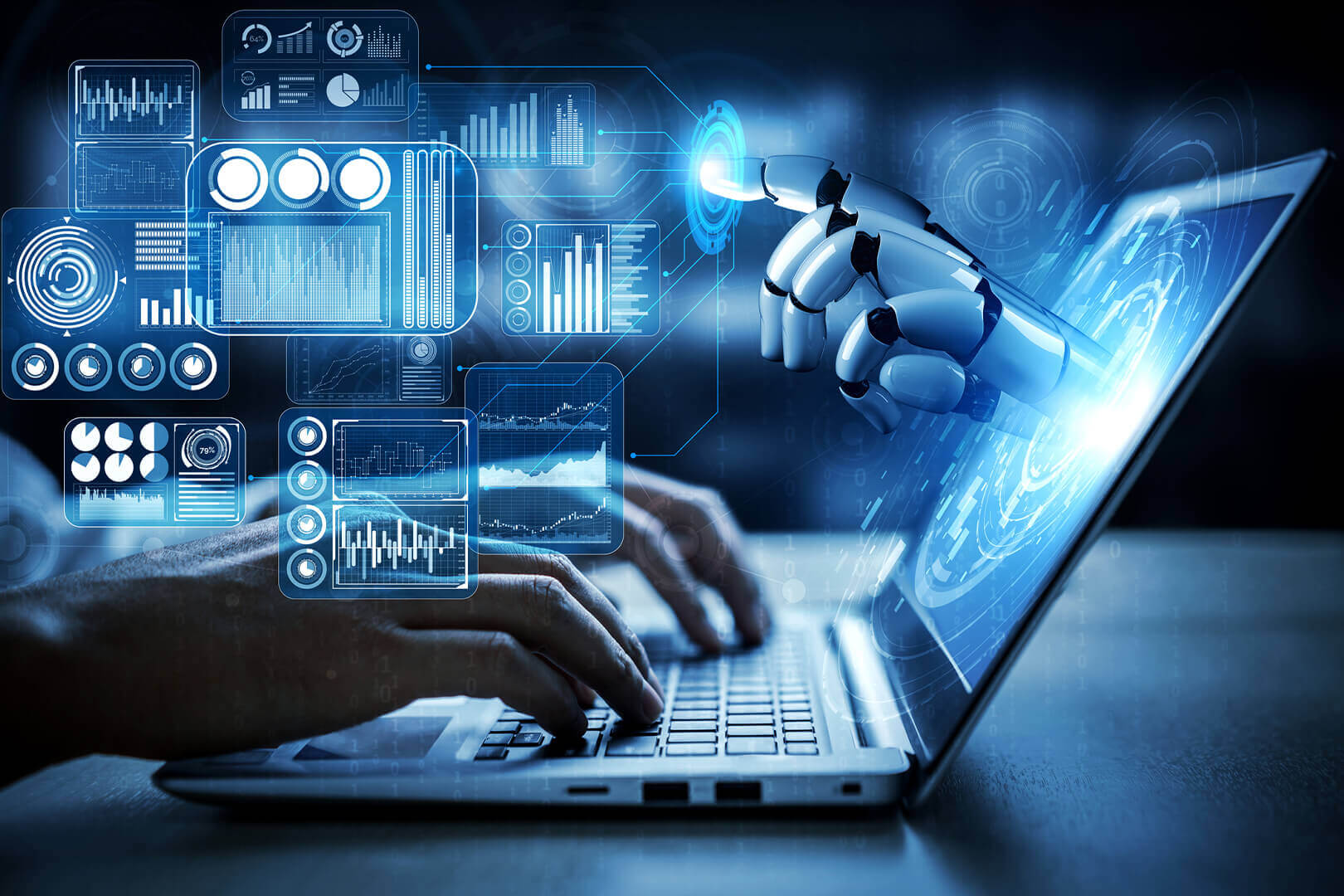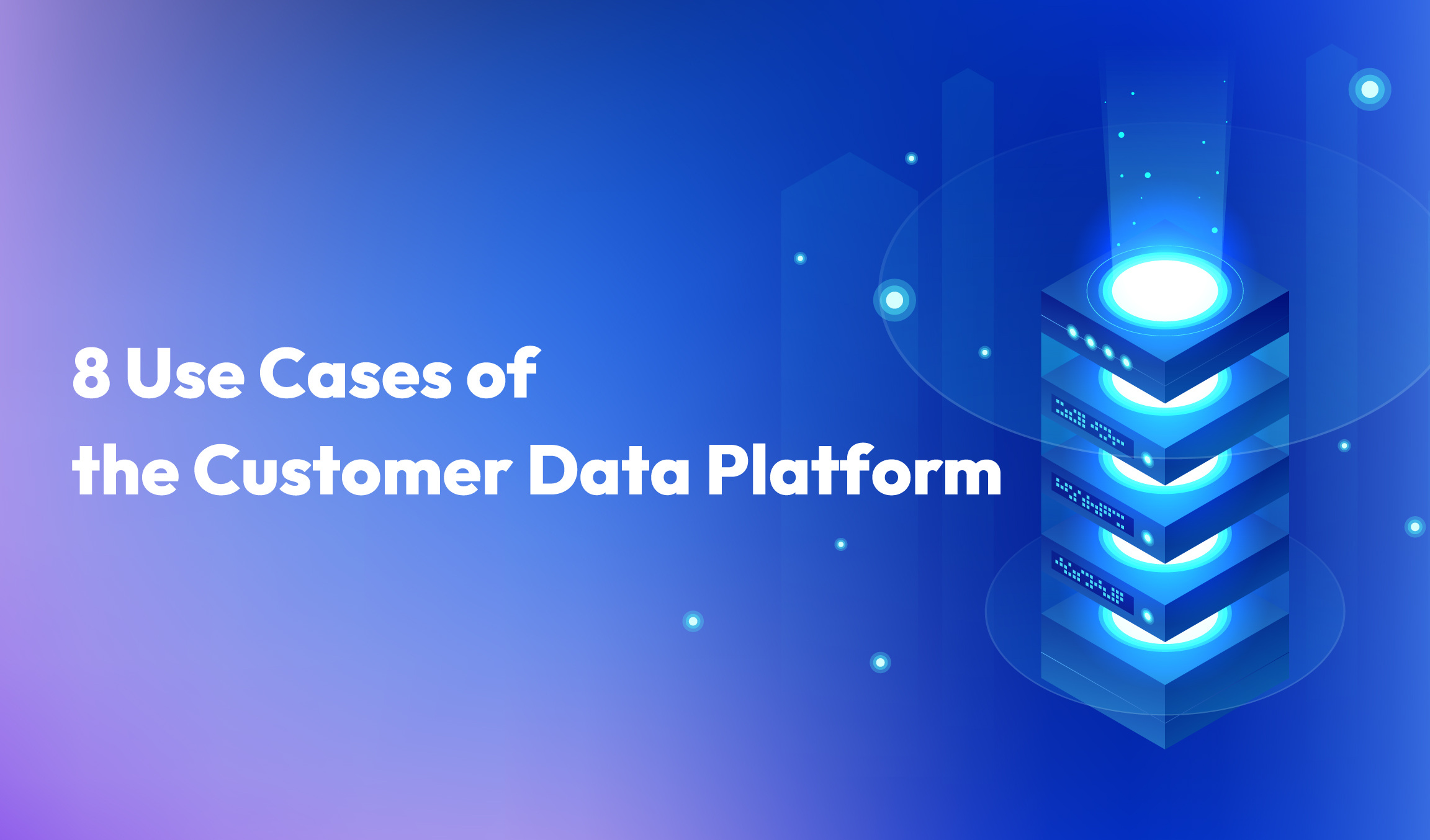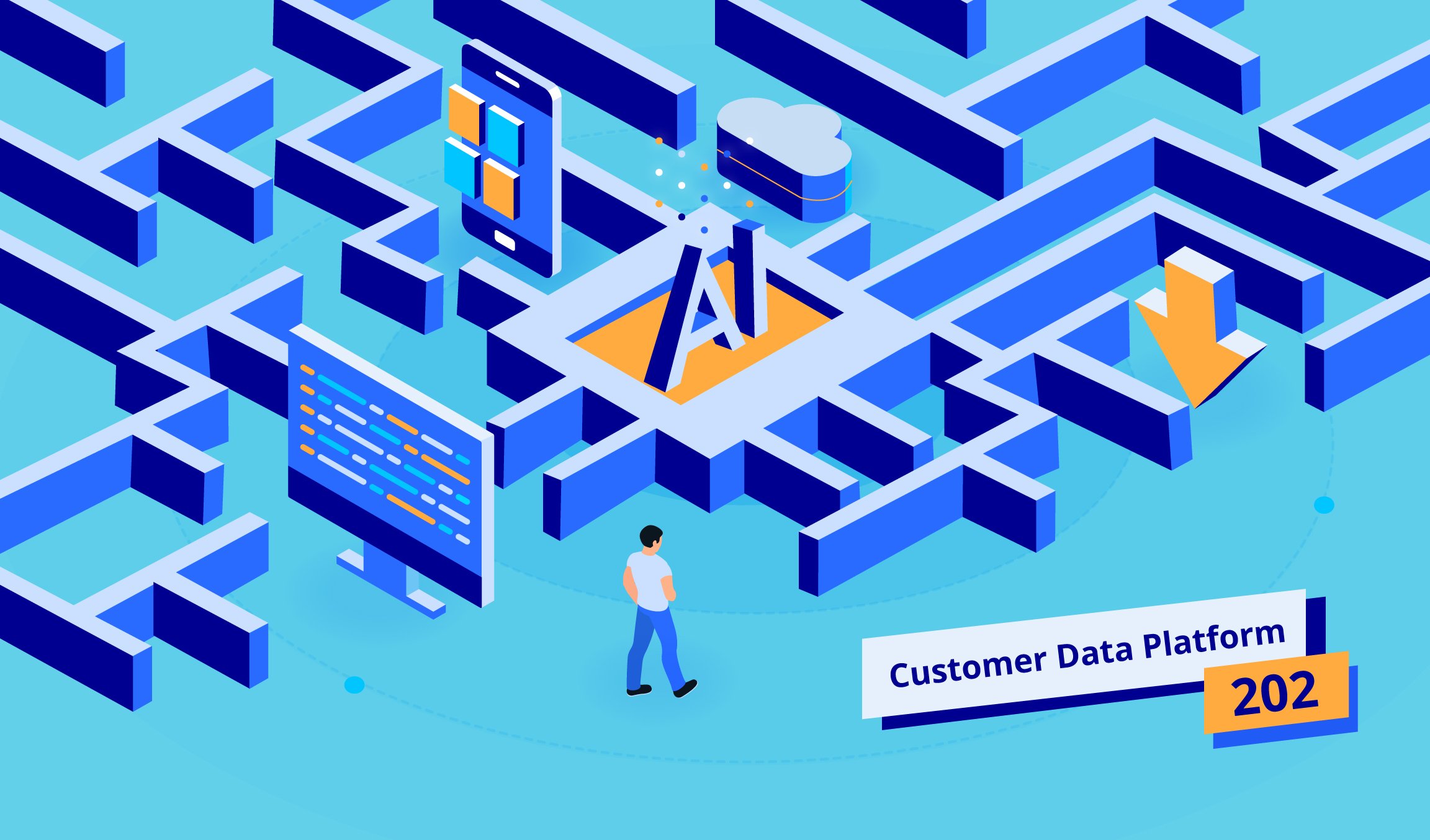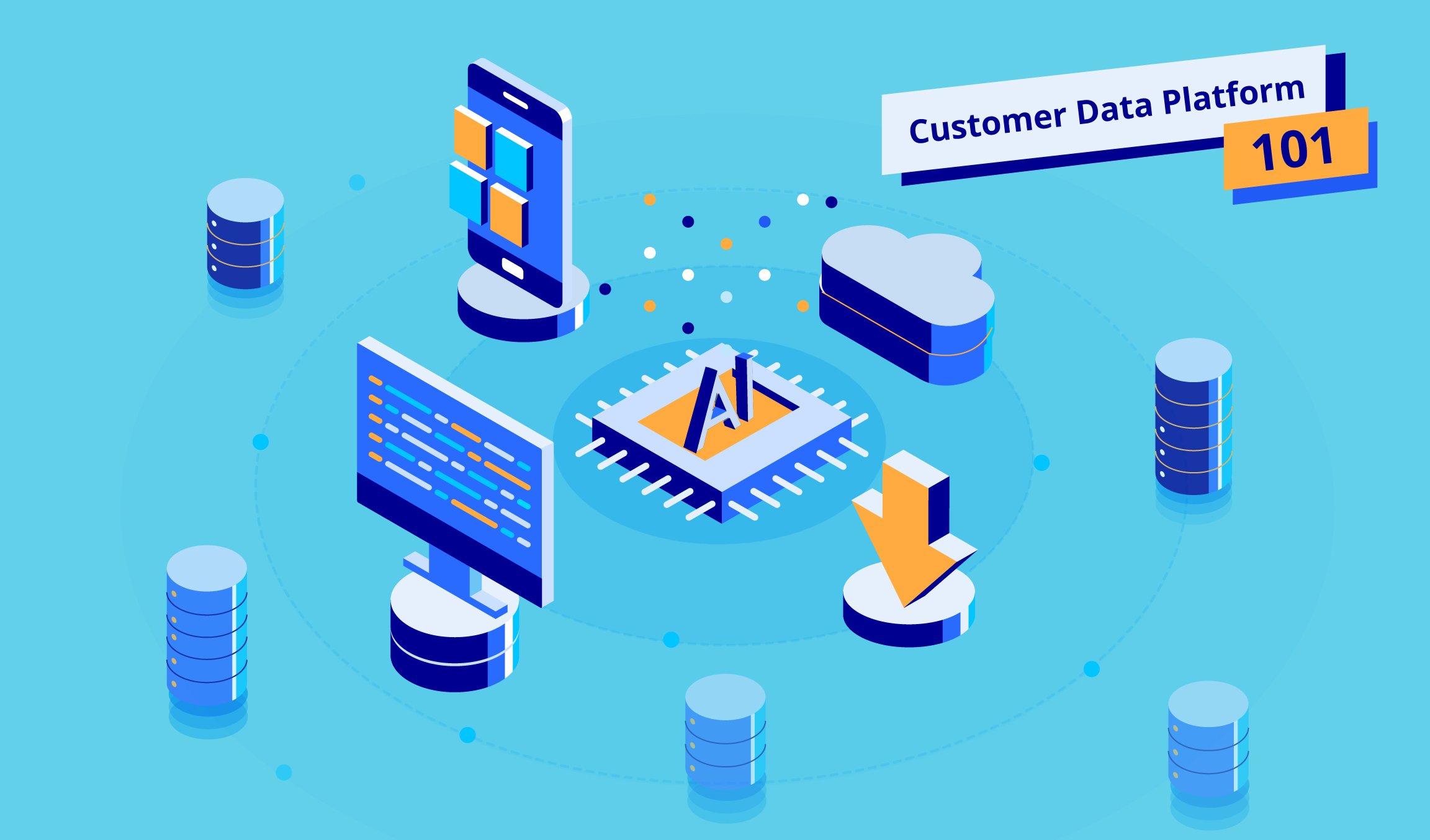5 min read
Broadly speaking, there are two types of machine learning algorithms: supervised and unsupervised learning. Supervised learning is the more common of the two, and is typically easier to implement than unsupervised learning.
What Is Supervised Learning?
Supervised learning algorithms are designed to learn by example. They are used when the human practitioner knows the answer to a problem, and wants to train the AI to be able to find it out. It is like learning with the assistance of a teacher, guiding the algorithm towards the ‘correct’ answer, as opposed to an unsupervised learning algorithm, which is like a child learning on their own by experimentation and trial and error.
To train a supervised learning algorithm, you will need to pair a set of inputs with specific outputs. The algorithm will then search for patterns within the inputs to correlate with the outputs. Based on this training data, the supervised learning algorithm can then take in unseen inputs and determine which label to assign them. The aim? To predict the correct label for newly presented input data in order to categorize it and make sense of it.
Supervised learning:
· Is simpler and more common than unsupervised learning
· Is used when the human practitioner knows the answer, and wants to train the AI
· Classifies and processes data using machine language
· Uses labeled data (i.e. that which has been classified)
Types of Supervised Learning Algorithms
There are two main types of supervised learning algorithms.
- Classification techniques
A classification technique asks the algorithm to predict a discrete value, in order to identify the input data as the member of a particular class or group. it is very good at recognizing patterns, which makes it ideal for uses such as image recognition. Using a training dataset of animal images, for example, each photo can be pre-labeled as a dog, cat, or guinea pig, and the algorithm is then evaluated by how accurately it can identify new images of these same animals.
Some examples of classification techniques include:
· Logistic regression
· Linear discriminant analysis
· K-nearest neighbors
· Trees
· Neural networks
· Support vector machines
- Linear regression
Linear regression involves using continuous data. Think of it like an algebra problem: given that you know the value of x, what is the expected value of the y variable?
That is a very simple example. A more complex case would be one that involves many variables, like an algorithm that predicts the price of an apartment. It would need to consider variables like location, size in square footage, aspect, proximity to public transport and local facilities, the socio-economic demography of the area, what other similar properties recently sold for, current market conditions, and many more.
What Are the Common Use Cases of Supervised Learning?
1. Recommendation engines
Recommendation engines are increasingly being used in e-commerce – they generate those ‘often bought together’ or ‘you might also like’ product suggestions that appear either on the product page or as part of the checkout process. Buying a coffee maker? You will need these filters. Picking up a set of 10kg dumbbells? Some lighter ones to accompany them will help you get more from your workout.
These are typically generated by AI models created through supervised learning. By analyzing what customers buy or even just browse, the algorithm can find other items that people often go on to purchase. Once it has identified these common purchasing patterns, it can recommend them to new customers who seem like they are heading down the same route.
It can even take into account other factors, like the customers’ age, location, socio-economic status and so on to offer more personalized recommendations. Maybe women aged 55-65 often go on to buy a very different supplementary item to their male counterparts, for example.
2. Image recognition
Because supervised learning algorithms are good at spotting patterns in data, they are often used to power image recognition software. If you show the algorithm a bowl of fruit, for example, and train it to recognize a curved yellow fruit as a banana, a round orange one as an orange, and so on, it will quickly learn the characteristics of each fruit and be able to identify them for itself.
This is a good example of the supervised learning algorithm leveraging its learnings from training data (in this case, the bowl of fruit) and applying that knowledge to new test data (i.e. new items of fruit that it is shown).
3. Calculating route times
Today’s mapping apps can predict how long it will take you to travel to a certain destination with a high degree of accuracy, thanks to supervised learning algorithms.
In order to provide a user with an accurate journey time, the algorithm will analyze all kinds of data, including the time of day, day of the week, distance, weather conditions, traffic, and more. It then analyzes journey data from other users doing similar journeys – or even the same one – under similar conditions to provide that particular user with an estimated time of arrival. And it all happens in just a few seconds. Something to think about next time you fire up your satnav.
Supervised learning is best suited to situations with a set of available reference points (like training data) or a ground truth (this is what a banana looks like) which can be used to train the algorithm. In these situations, it can provide highly accurate and reliable results for a wide range of real-world use cases.
* Want to learn more about how AI learns to make personalized recommendations through unsupervised learning, and how it can be applied in advertising? Download our white paper ‘ From Supervised to Unsupervised Learning: How AI Is Reshaping Advertising ’ for more insights. Still got a question? Contact our team today for more information!



